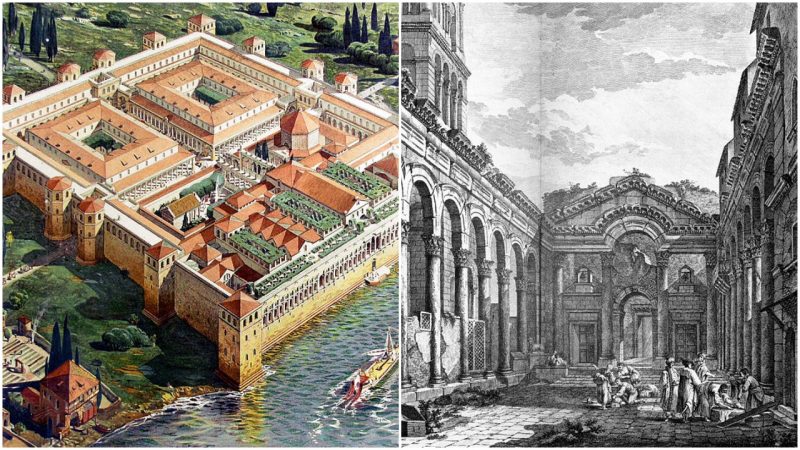Neoclassicism was a movement in art and literature that focused on the revival of the artistic principles and the aesthetic ideals of classical antiquity. The movement emerged in Rome in the 18th century and quickly spread to all parts of Europe.
Many neoclassicists undertook the so-called “Grand Tours,” extensive trips to the parts of Europe where they could study the works of the ancient masters.
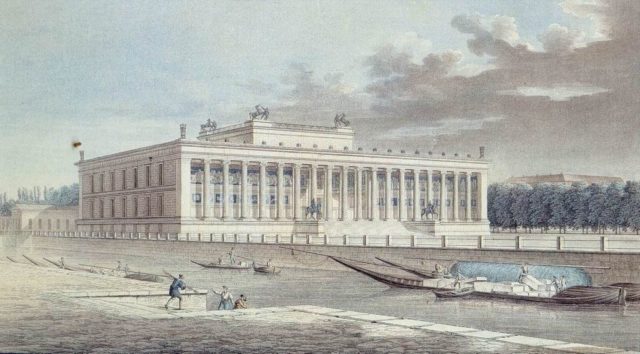
Robert Adam was one of the most prominent British neoclassical architects; art historians praise him for bringing neoclassicism to England and leading the first phase of the classical revival. He was the son of William Adam, another famous architect who combined English Palladianism with elements of Baroque.
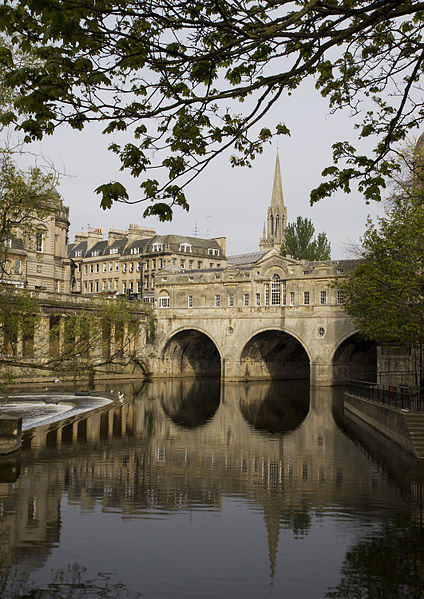
Robert Adam was one of the artists who undertook the “Grand Tour.” He and his older brother John set off from their hometown of Edinburgh and ventured to Europe to study the structures built by the Ancient Romans and Greeks.
Adam and John fell out in Rome over travel expenses: John returned to Edinburgh and Adam continued his journey with several of his acquaintance.
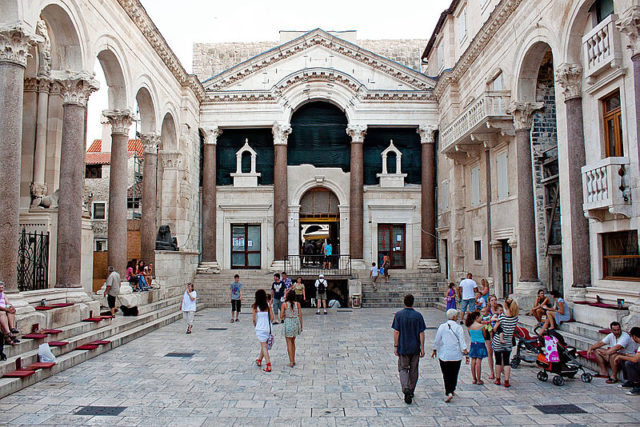
He visited many historical places and made extensive sketches which later helped him in defining his neoclassical style known as the “Adam Style.” However, no structure inspired him as much as the Diocletian’s Palace in the Croatian coastal city of Split.
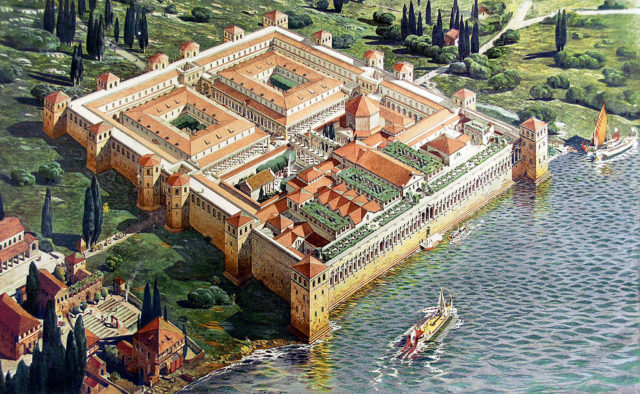
He stayed in Split for over a year and intensively studied the ruins of the palace. He created a series of incredibly detailed drawings and an extensive survey of the palace’s decorations.
His observations were later published in the book named “Ruins of the Palace of Emperor Diocletian at Spalatro in Dalmatia.” The book became a highly influential theoretical document of neoclassicism and was purchased by many upper-class enthusiasts across Europe.
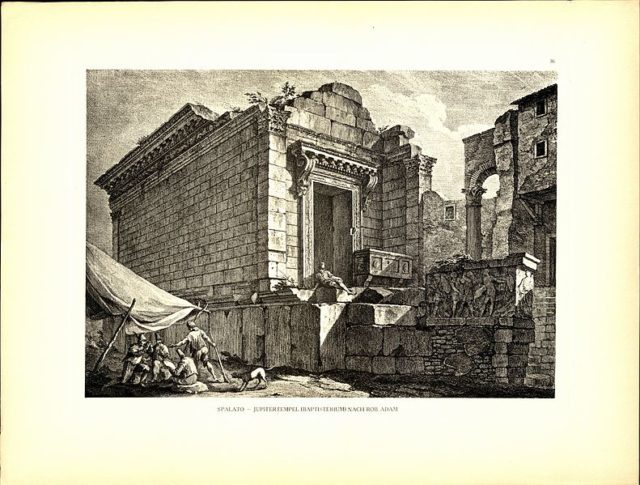
Adam returned to Great Britain in 1758 after four years of studying European classical architecture and refining his architectural style. Upon his return, he quickly became one of the most famous architects in Great Britain. He developed a distinct new style which incorporated elements of classical Roman and Greek architecture along with motifs inspired by Baroque and Byzantine style.
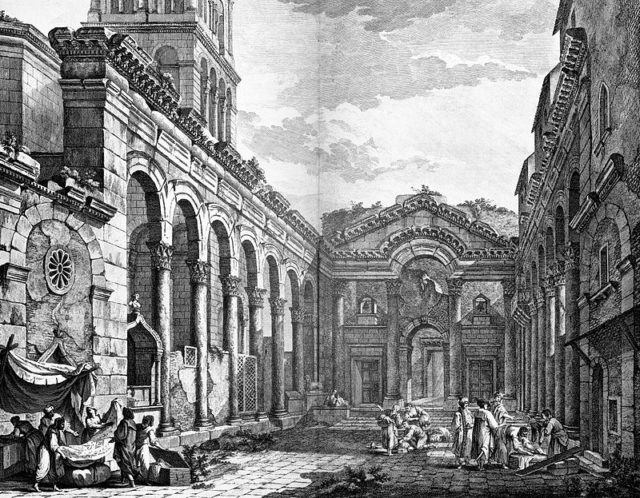
Although Adam’s style was incredibly eclectic, the Diocletian’s Palace in Split remained his primary source of inspiration for the rest of his life. He used his detailed studies of the palace to infuse his works with different patterns and decorations that appear on the walls, windows, and portals of the palace.
Nowadays, Adam’s monumental works stand strong and timeless, just like the 1700-year old Diocletian’s Palace whose ancient beauty continues to attract numerous tourists and art historians from all over the world.
